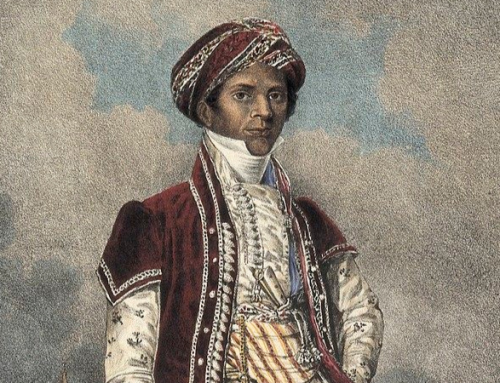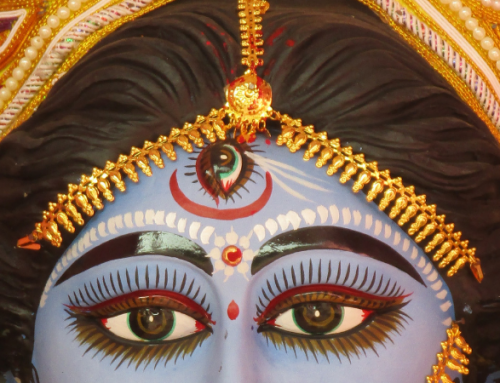Connecting to the Bones & Sri Vimalananda’s 100th Birth Anniversary
November 2016 marks Sri Vimalananda’s 100th year birth anniversary, and in his honor I feel led to celebrate that event with a brief rumination on bones. This is because Vimalananda repeatedly directed me to always see the skeleton when looking at a person, for since after we die all parts of our bodies except our bones will swiftly decompose, leaving nothing behind to testify to our having existed, it is to these bones that our attention should be directed if we really want to understand our own nature.
Like all other tissues living bone is always changing, but unlike soft tissue the form that bone assumes at the end of growth will remain more or less stable until the end of life, and on occasion for millions of years thereafter. Ayurveda teaches that the function of the asthi dhatu, the bone tissue, is dharana, or support, which during life it does by providing an external underpinning to the softer tissues that are superficial to it, and serving as a protective container for the more refined, delicate tissues within it. By offering unwavering stability bone serves as the organism’s most fundamental reminder of its form and function; on a yet subtler level bone is the ultimate preserver of an individual’s basic personhood, the foundation of everything that that person brings to his life and the lives of those around him. Evidence also exists that our bones are the foundation for our cellular health and mental well-being.
Relating to others bone to bone also makes its more difficult to be confused by external appearances, and connecting to our own bones facilitates the cultivation of interiority, the shift in direction of our minds and senses from outer to er that is essential for genuine sadhana. This is why I particularly like Shadow Yoga as a practice, for unlike so many brands of yoga nowadays Shadow Yoga focuses on creating stability in the body by focusing not on the muscles, whose Ayurvedic task is but to plaster down (lepana) the other tissues, but on the bones, which can offer us true steadiness. Vimalananda ‘s favorite way to facilitate a connection to this level of existence was to visit the smashan, or cremation ground, where even a brief meditation on the inevitability of death in front of a blazing pyre can connect us to our essential being.
Looking at others as their bones makes us understand the true nature of Reality: that all of us are destined to depart from these our temporal bodies. This doesn’t mean that we no longer appreciate our humanity, for we can even learn to love one another from our bones, instead of our loins or our heads or even just our hearts, each of which can mislead us; the bones will never mislead.
A century has passed since Vimalananda was delivered in the tissues that clothed his all-too-short sojourn on Earth, one that ended on a Deecember evening in 1983 when I supervised his fiery destruction, right down through his very bones. I’m grateful to all who have shared with me their appreciation for his wisdom. May it continue to inspire us all, especially in these times of great uncertainty, and deepen our relationship to the Supreme Reality.
Om Namah Sivaya!


